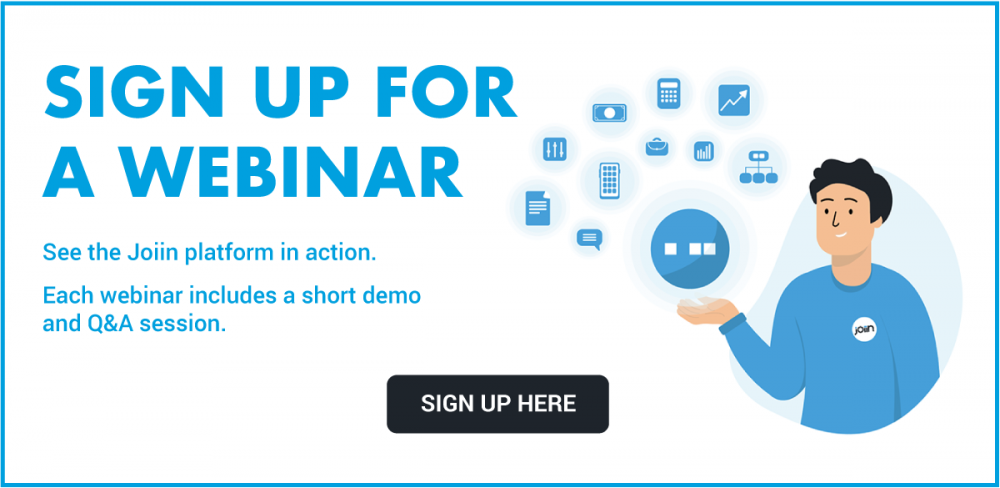Financial consolidations can be a time-consuming process that needs to happen regularly – that’s whether you’re a company boss keeping an eye on a group of companies or an accountant serving multiple clients with multiple businesses.
So, if you are considering financial consolidation software to do some of the heavy-lifting and release reporting burdens, freeing you for extra work, here are 5 things to consider.
1. Get buy-in across your business
From the top-down and the ground up, it is vital you get your people to buy into the central idea that software can help with the process of consolidating financial data, particularly across multiple business entities.
At the top, it’s crucial you have someone who fully grasps and advocates the importance of the latest software technology and fosters a technology-driven environment that is seen as essential for success to become a reality.
Equally, buy-in from the rest of the business and, more specifically, from the people who will be the ones tasked with driving software use forward is a must.
Top tip: Set up a workshop session to discuss and agree on specific actions, including your pain points (see 2 below) and specific features you may have seen or heard about elsewhere (3 below).
2. Consider the pain points you want to alleviate
There are many points of pain we hear about from customers before they’ve started using our Joiin financial consolidation platform. Pain points include not being sure which decision is correct, as existing consolidation data isn’t clear. Or that consolidations can take hours to work through to get data and output insights, or that information for each entity is in different formats, making it hard to discern alignment.
But not all our customers are the same. You will undoubtedly face challenges specific to your business.
Top tip: Any software you decide to implement must solve the challenges you face. As part of the suggested workshop in 1 above, an open and honest discussion should help pinpoint your specific areas of pain.
3. Review financial consolidation software on the market
As you review available financial consolidation software, try to turn your pain points into practical functions and features you’d love to have now and in the future.
For example, to help up your game when it comes to consolidations, you may want powerful reporting capabilities to help with internal, statutory and regulatory compliance.
Or increased employee engagement may be high on your agenda, so any platform you choose would need to have a user-friendly interface that unifies experiences across all functionality and features – whether that’s intercompany financial management or when working with multiple currencies (just two of our popular features).
Or easy access to reports and self-sufficiency might be central for you so that you may require remote accessibility, anytime, anywhere, from any device, with the security of data central to any access considerations as well.
4. Move to the cloud
We recommend you move to the cloud if you’re not already there.
All the major accounting software brands now actively promote their cloud versions – be it Xero accounting software, QuickBooks Online or Sage Business Cloud Accounting. These brands also have stacks of extra resources in their cloud marketplaces, such as add-ons and apps that you can plugin into their software, giving you the benefit of immediate new features.
Suppose you rely on Excel and don’t want to move away from this just yet. In that case, there are apps available that will work with your spreadsheet data, turning this into professional-looking and accurate consolidated reports.
If you do decide to move to the cloud, you’ll be in good company. Gartner predicts that the cloud will become the dominant deployment model across all financial management applications by 2025.
Top tip: When exploring what the cloud has to offer, look at our Joiin platform. It is the cloud financial consolidation app for Xero, QuickBooks and Sage. What’s more, Joiin also works seamlessly with Excel spreadsheets and CSV files.
5. See new software as an investment and partnership
Invest time in your new software platform. It is essential that you fully explore what it can do and configure it to meet your needs. As you do so, make the most of available support and practical resources, such as user guides and demos.
Feel free to expect a lot from your software provider, too. Here at Joiin, we offer a wealth of support – from hands-on help and how-to guides to in-depth resources – and continually update and develop our platform to meet the ever-changing and expanding needs of our valued customers.














